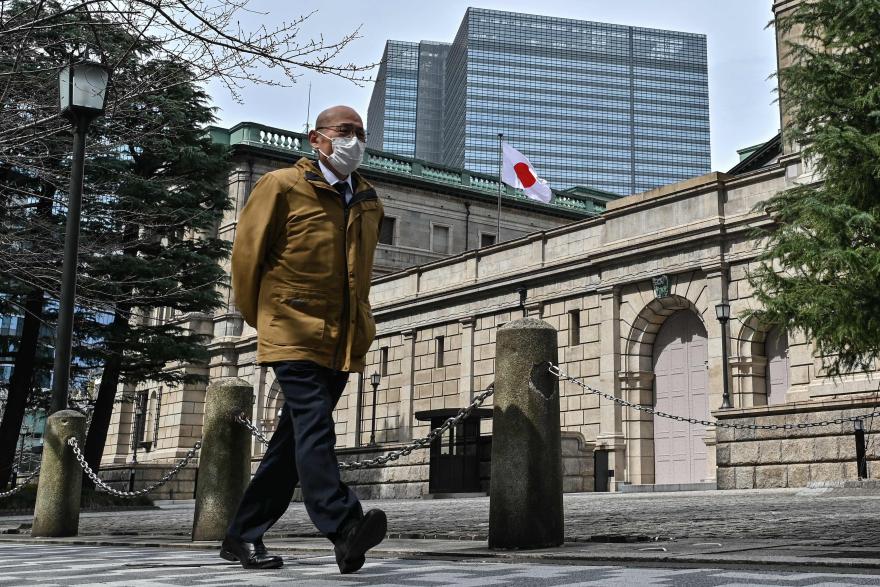THE Bank of Japan (BOJ) pulled the curtain on the most aggressive monetary easing programme in modern history by ending the world’s last negative interest rate along with its yield curve control mechanism.
The central bank set a new policy rate range of between 0 per cent and 0.1 per cent, shifting from a -0.1 per cent short-term interest rate, according to a statement after a two-day board gathering that concluded on Tuesday (Mar 19). The bank said financial conditions will remain accommodative, indicating this is not the beginning of an aggressive tightening cycle of the sort seen in US and Europe in recent years. The vote for the rate hike was 7-2.
The BOJ also scrapped the yield curve control programme while pledging to keep buying long-term government bonds as needed. It also ended its purchases of exchange-traded funds.
In ending the negative rate, governor Kazuo Ueda makes history by turning the page on the BOJ’s experimental monetary easing programme after years in which Japan’s central bank was a global outlier. The policy gap now becomes even more stark as the BOJ makes its first upward move in close to 17 years just as its peers around the world are mulling cutting their rates after historically aggressive tightening campaigns.
In making the change, the BOJ said its stable inflation target of 2 per cent has come into sight as a virtuous cycle of wages feeding demand-led inflation is emerging. Rengo, Japan’s biggest umbrella group for labour unions, reported on Friday that wage talks resulted in an initial deal for 5.28 per cent increases, the best outcome since 1991. That fuelled market speculation that the conditions were finally in place for a rate move after Ueda had repeatedly emphasised the importance of wage trends. BLOOMBERG




